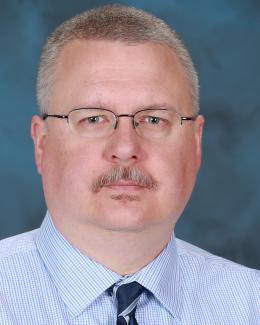Abstract
For nuclear power plants (NPPs) that are considering second license renewal for their operation beyond 60 years, knowledge of long-term operation, condition monitoring, and viability for the reactor components including reactor pressure vessel, concrete structures, and cable systems is essential. Such knowledge will provide NPPs with a game plan to predict performance and to estimate costs that are associated with monitoring or replacement programs for the affected systems. For cable systems that encompass a wide variety of materials, manufacturers, and in-plant location, accelerated aging of harvested cable jacket and insulation can provide insight as to remaining useful life and methods for monitoring. Accelerated thermal aging in air at temperatures between 80°C and 120°C was carried out on a multi-conductor control rod cable that had been in-service for over 30 years and was made by Boston Insulated Wire with Hypalon cable jacket and ethylene-propylene rubber insulation. From elongation at break (EAB) measurements and supporting Arrhenius analysis of the jacket material, an activation energy of 97.84 kJ/mol was estimated and the time to degradation, as represented by 50% EAB at the expected maximum operating temperature of 45°C, was estimated as consistent with 80 years. These values were slightly below previous measurements and could either be attributed to in-service degradation or variations in material properties from a given manufacturer. In addition, results from indenter modulus measurements and Fourier transform infrared spectroscopy suggest possible markers that could be beneficial to monitor cable conditions.




